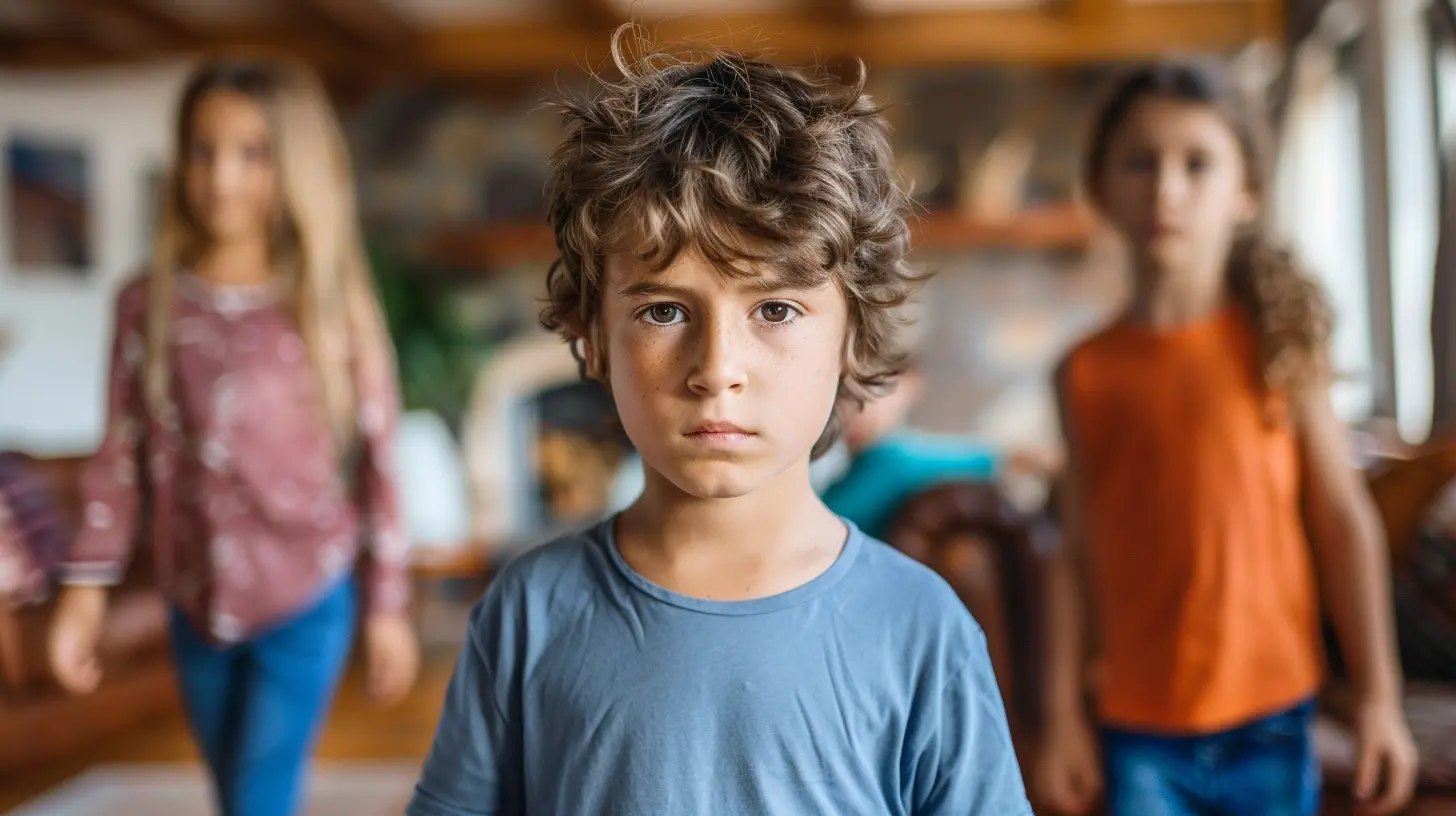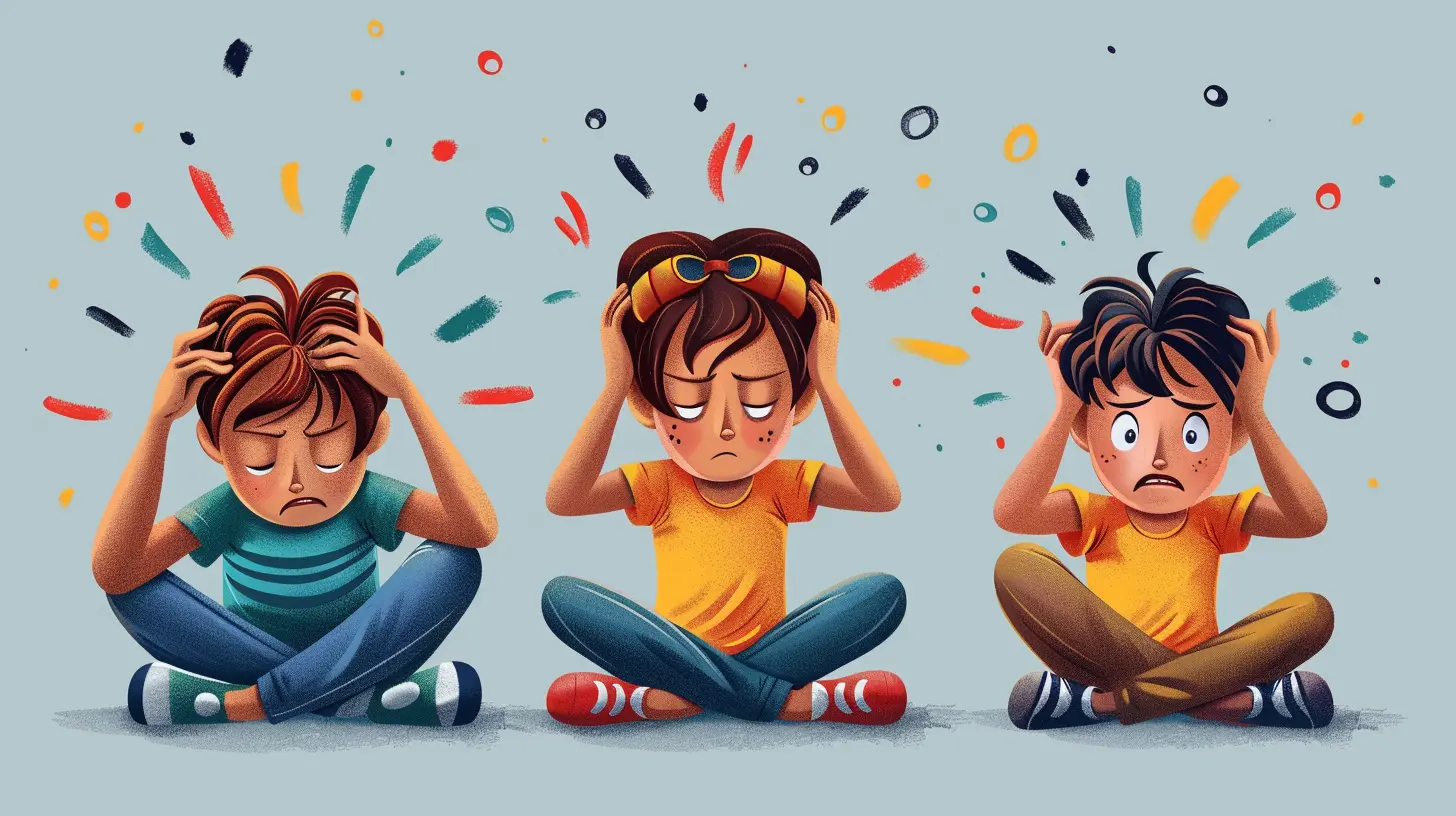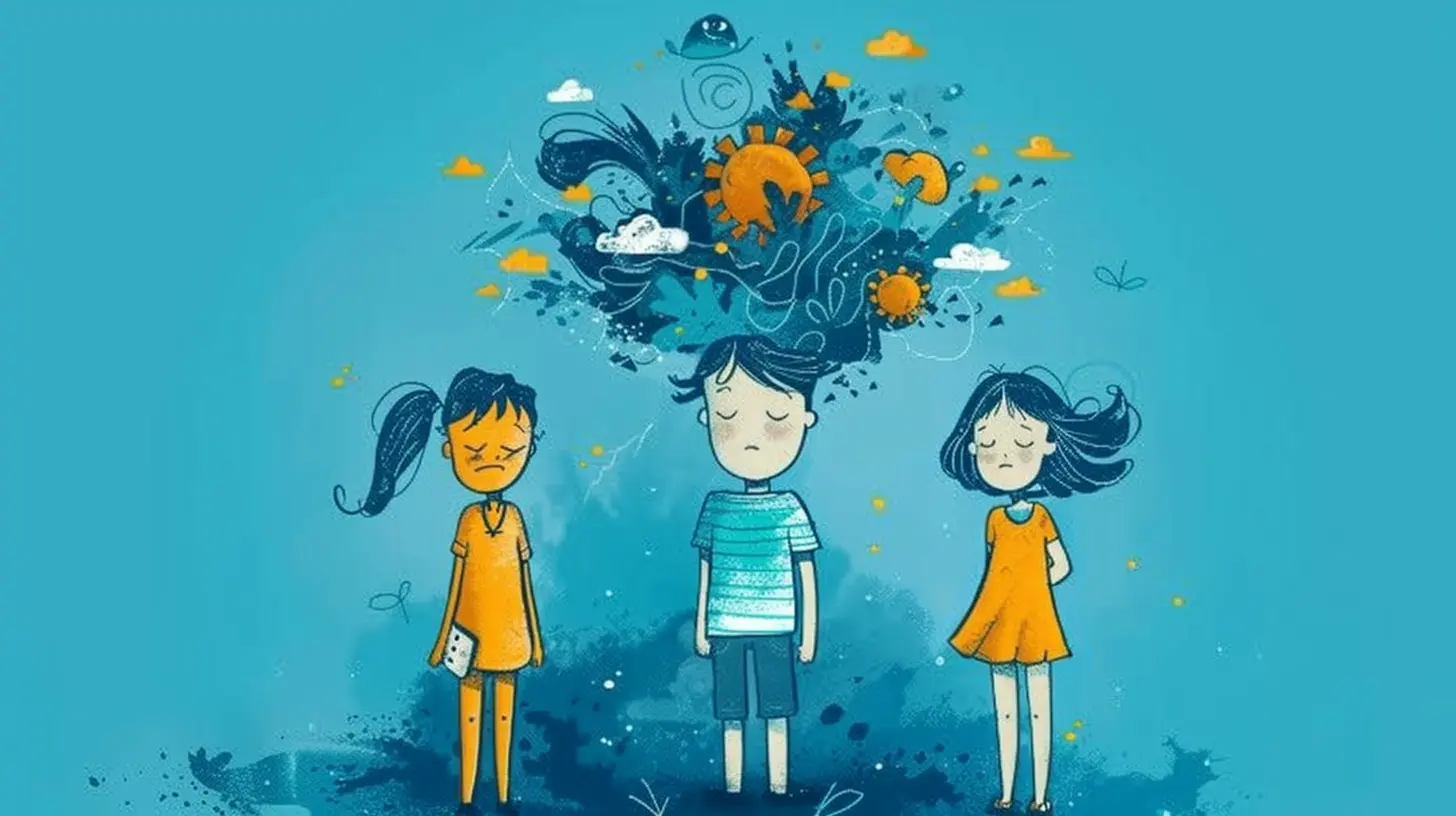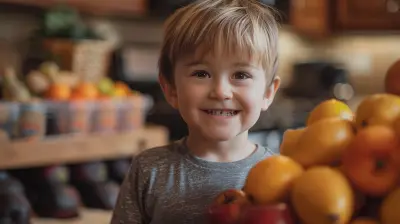Teaching Kids Healthy Ways to Cope with Frustration
8 June 2025
Let’s be honest—frustration is part of life. As adults, we’ve (sort of) learned to manage it. But for kids? Not so much. One second they’re playing happily, the next they’re red-faced, fists clenched, and spiraling into a meltdown because their sibling touched their toy. Sound familiar?
Frustration is a big emotion for little people. And if we don’t help them learn how to deal with it in healthy ways, they might develop patterns of anger, avoidance, or emotional shutdown that carry into adulthood. That’s why teaching kids methods to handle frustration isn’t just helpful—it’s essential for their mental and emotional growth.
In this post, we’re diving deep into how to teach kids practical, age-appropriate strategies to cope with frustration (without a full-blown tantrum erupting every time life doesn't go their way). Let’s break it down step-by-step.
Why Do Kids Get So Frustrated?
Before we throw solutions at the problem, let’s understand it first. Kids become frustrated for a bunch of reasons:- Limited communication skills: Younger children might struggle to express exactly what they feel or need.
- High expectations: When things don’t go the way they imagined, especially if they expect perfection, they freak out.
- Lack of control: So many decisions are made for kids, not by them. That’s bound to be irritating.
- Low frustration tolerance: Children are still developing patience and decision-making skills—they're not born with them.
And sometimes, they just need a nap or a snack. Seriously.
The Long-Term Impact of Not Managing Frustration
If unaddressed, chronic frustration can lead to:- Aggression or violent outbursts
- Avoidance behaviors
- Anxiety or low self-confidence
- Poor social relationships
But here's the good news: frustration is teachable. And just like riding a bike, it takes time, patience, and some wobbly practice runs.
Step 1: Validate Their Feelings (Even When It’s Over Spilled Cereal)
Let’s start at the root: kids need to know it’s okay to feel frustrated.Often, we jump into “fix-it” mode. We say things like, “Don’t be upset,” or “It’s not a big deal.” While well-intended, these phrases can be invalidating.
Instead, try:
- “I see you’re really upset right now.”
- “That must have been super frustrating.”
- “It’s okay to feel that way. Let’s figure this out together.”
Think of it this way: emotions are like waves—kids need to learn to ride them, not drown in them.
Step 2: Teach Them the Words for What They Feel
Kids don’t come with a built-in emotional vocabulary. So, one powerful way to help them is by labeling emotions. When they can name what they feel, they can start to tame what they feel.Use visual tools like:
- Feelings charts
- Books about emotions
- Mirror play (making faces and naming the emotion)
When your child says, “I’m mad!” help them get more specific: “Are you mad because your tower fell down, or because your sister laughed when it happened?”
The more specific they can get, the easier it becomes to cope.
Step 3: Model Frustration Management Like a Pro (Even When You Want to Scream)
Let’s face it—parenting is frustrating. Every. Single. Day. Use those moments to model healthy coping.Try saying things like:
- “Ugh, I’m feeling so frustrated right now because I can’t find my keys. I’m going to take a deep breath and try to remember where I saw them last.”
- “This is hard, but I know I can figure it out if I stay calm.”
Remember, they’re watching you like a hawk. They might not always listen to what you say, but they sure as heck notice what you do.
Step 4: Teach Calming Techniques
Once a child understands they’re frustrated, they need tools to handle it. Here are some simple, kid-friendly strategies:1. Deep Breathing (a.k.a. “Smell the Flower, Blow Out the Candle”)
You’ve probably heard this one before. But do it with them. Make it fun!- Smell the flower (inhale through nose)
- Blow out the candle (exhale through mouth)
It slows their breathing, lowers heart rate, and gives them something to focus on besides being mad.
2. Movement Breaks
Sometimes frustration builds up as energy. Let them:- Run in the yard
- Jump like a frog
- Do 10 jumping jacks
- Dance to silly music
It’s like shaking a soda can and not opening it—movement releases that pressure safely.
3. Use a Calm-Down Corner
Create a safe space in the house with:- Soft pillows
- Favorite books
- Calming jars
- Stuffed animals
Let them see it as a place to reset, not a punishment.
4. Squeeze Toys or Stress Balls
Kids need to do something with their frustration—squeezing, squishing, even punching a pillow is better than hitting a sibling.Step 5: Practice Problem-Solving Skills
After calming down comes the golden moment: the one where they can actually think through what happened.Teach them to ask:
- “What made me frustrated?”
- “What can I do next time?”
- “Who can help me?”
Walk them through small problem-solving steps. If a puzzle is too hard, should they ask for help? Break it into smaller pieces?
This empowers them to do something the next time they hit a wall.
Step 6: Celebrate Frustration Wins
When your child handles a tough moment well—even a little better than last time—praise it.Say things like:
- “I noticed you took a breath instead of yelling. That was awesome.”
- “You were really patient while waiting your turn—great job!”
Reinforce the behavior you want to see more of. Encouraging words are like fertilizer for emotional growth.
Step 7: Be Consistent but Flexible
Kids need structure, but they also need to know that you get them. Your approach should be consistent—but not rigid.If they’re doing their best and still lose it? Offer grace.
If they’re using frustration as manipulation? Time for boundaries.
It’s a dance, and you’re both still learning the steps.
Common Mistakes to Avoid
Let’s quickly cover what not to do:- Don’t minimize or dismiss emotions (“You’re fine, get over it”)
- Don’t solve every problem for them—they need to struggle a little to grow
- Don’t punish emotional expression—redirect it instead
- Don’t expect perfection—that goes for you and them
This is a marathon, not a sprint. Progress over perfection, always.
When to Seek Help
If your child’s frustration is:- Leading to aggression
- Affecting their sleep or school
- Causing them daily distress
…it might be time to talk to a pediatrician, school counselor, or child psychologist. Sometimes, extra support makes all the difference.
Final Thoughts: Frustration is a Teacher
Here’s the thing—frustration isn’t the enemy. It’s actually a great teacher. When kids learn to face it head-on, they build resilience, problem-solving smarts, and emotional intelligence.Think of it like emotional weightlifting. Every time they struggle and get through it, they grow stronger.
And you? You’re the coach, the cheerleader, and the safe place to land.
So next time your child melts down over a broken crayon, take a breath. That moment is not just a mess—it's a golden opportunity. You’ve got this.
Quick Recap: The Healthy Frustration Toolkit
- Validate their emotions without judgment- Help them name what they’re feeling
- Model your own frustration in calm ways
- Teach calming tools like breathing and movement
- Empower them to solve their own problems step-by-step
- Reinforce progress with praise
- Stay consistent, but compassionate
It’s not an overnight change. It’s a journey—sometimes messy, often loud—but totally worth every bit of effort.
all images in this post were generated using AI tools
Category:
Mental HealthAuthor:

Kelly Snow
Discussion
rate this article
2 comments
Victoria McAuley
Great tips! Simple strategies make a big difference.
June 22, 2025 at 4:54 AM

Kelly Snow
Thank you! I'm glad you found the tips helpful!
Laura Morris
Thank you for this insightful article! It’s a gentle reminder that teaching our kids healthy coping strategies is so important. I appreciate the practical tips and look forward to implementing them in our daily lives.
June 21, 2025 at 3:19 AM

Kelly Snow
Thank you for your kind words! I'm glad you found the tips helpful. Wishing you and your kids all the best on this journey!


